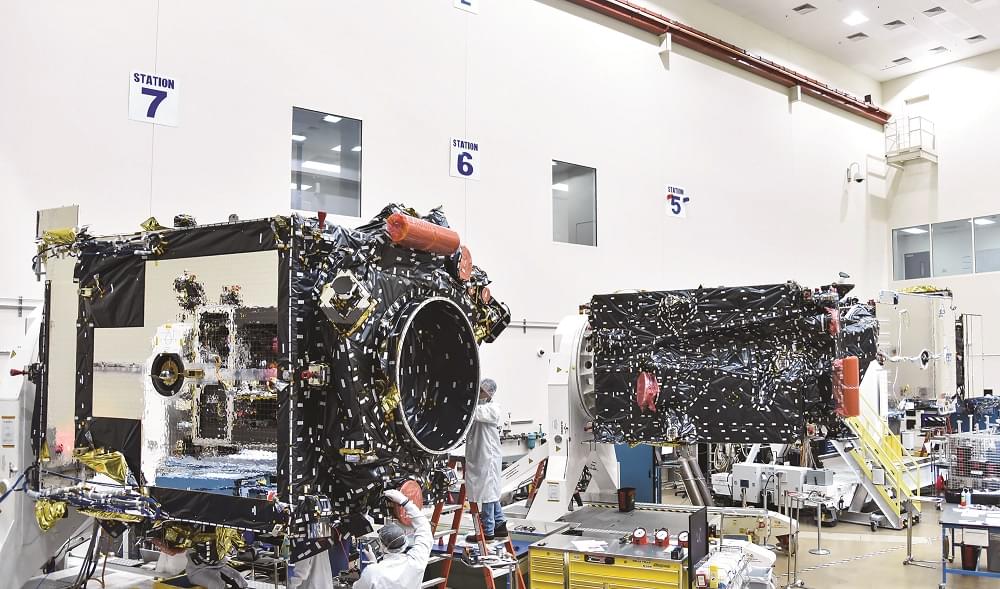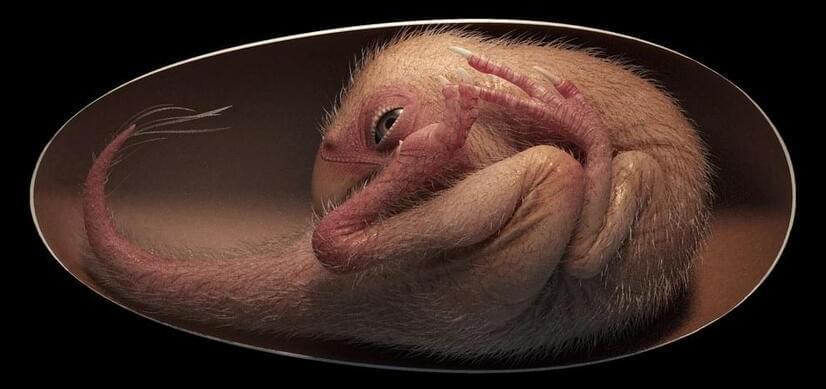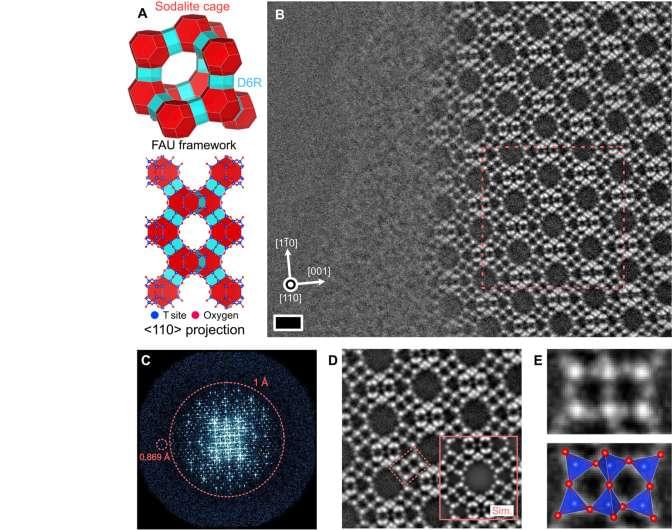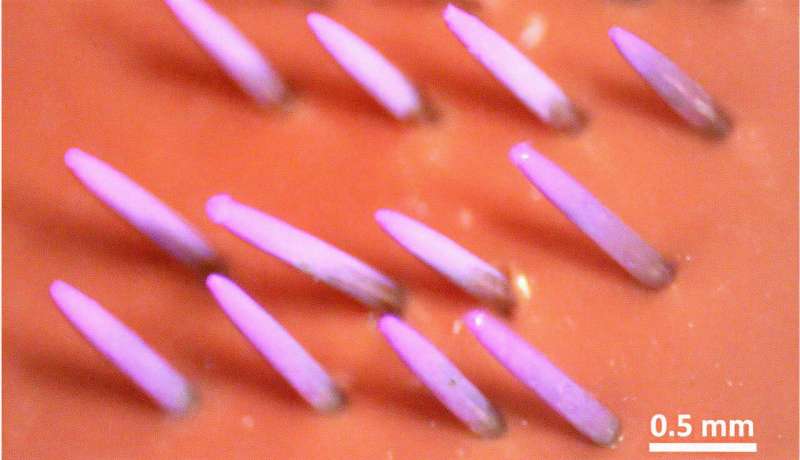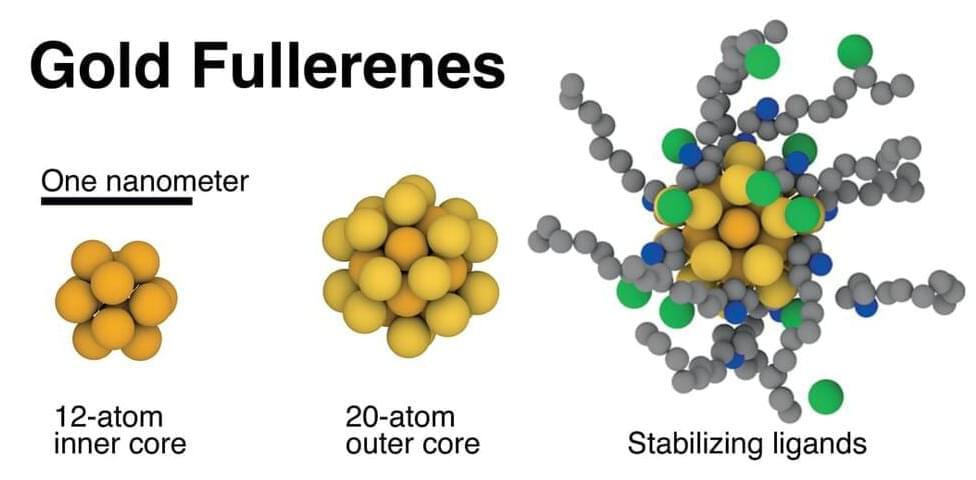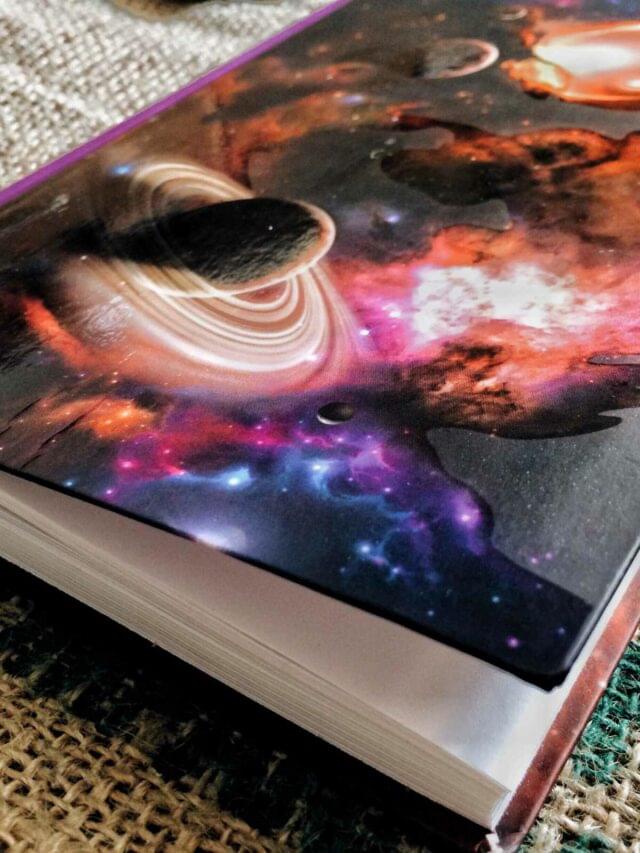Aug 15, 2023
Intelsat meets conditions for $3.7 billion C-band clearing payout
Posted by Genevieve Klien in categories: internet, space
TAMPA, Fla. — Intelsat said Aug. 14 it is due for a $3.7 billion windfall late this year after becoming the latest satellite operator to clear C-band spectrum ahead of schedule for terrestrial 5G telcos in the United States.
Weeks after launching its seventh and final C-band clearing satellite, the company said it had achieved certification for work to move broadcast customers into a narrower swath of the spectrum.
The Federal Communications Commission set a deadline for satellite operators to clear the spectrum by December 2025, but offered them nearly $10 billion in incentive payments if they could make the frequencies available for telcos before Dec. 5, 2023.
